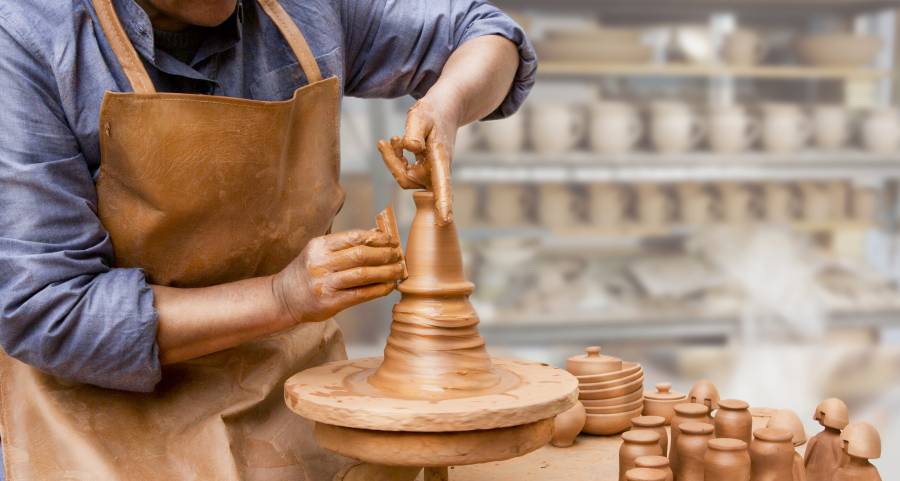
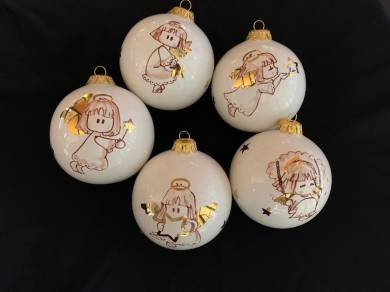
Town centres are lit up, shop windows are full of colour and homes are festively decorated. Christmas is now in the air, so are you looking for ideas for a Made in Italy Christmas gift?
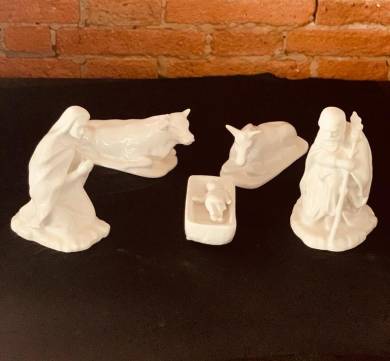
Even today, where mass production seems to prevail over everything, there is one form of ancient art that continues to shine for its beauty and authenticity, and that is the white ceramic nativity scene.
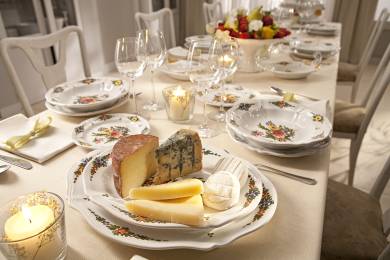
Savour your special moments by enhancing your table with the elegance and style of Made in Italy artistic majolica.
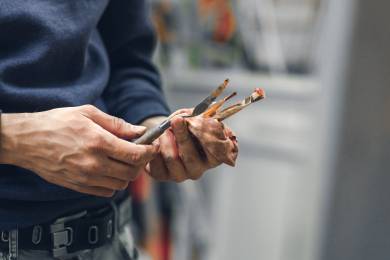
Art and ceramics merge together on a journey through the modern era of Italian majolica that embraces tradition, innovation and artistic collaboration.
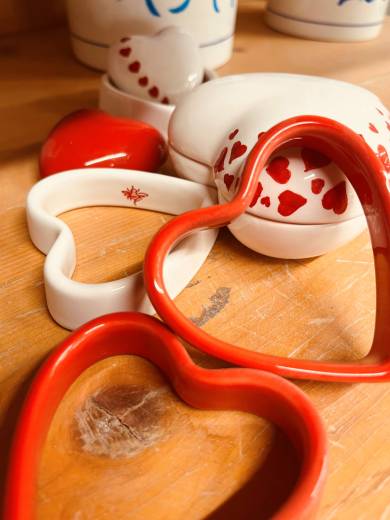
With ceramic and personalised majolica wedding favours, every event that is special to you can become unique and deeply sought-after.
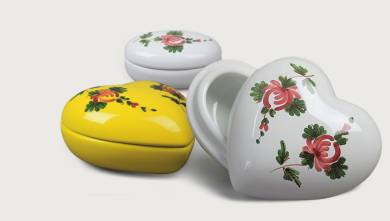
If you are looking for a precious and exclusive gift for your loved ones, ceramic wedding favours are the ideal choice that will live up to your expectations and your big day.
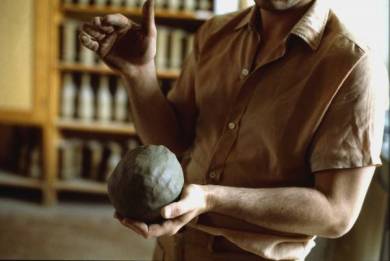
We explain the differences between three materials that are only apparently very similar and which we often tend to confuse in everyday language.
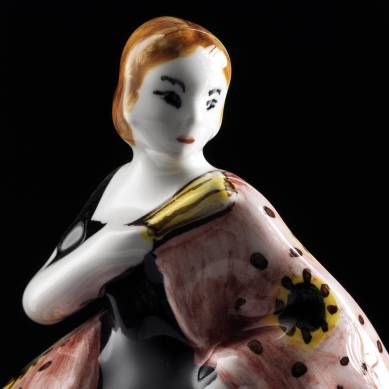
Collectable ceramics are precious items, created by artists or producers specialised in the craft processing of artefacts that stand out for their aesthetic, cultural and artistic value.

When we hear the words porcelain stoneware, we obviously think of tiles, but who said it should only be used on floors and walls?